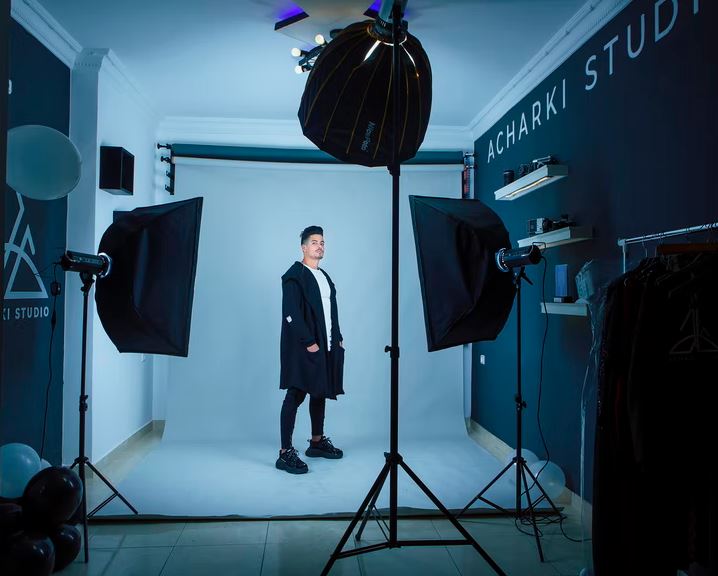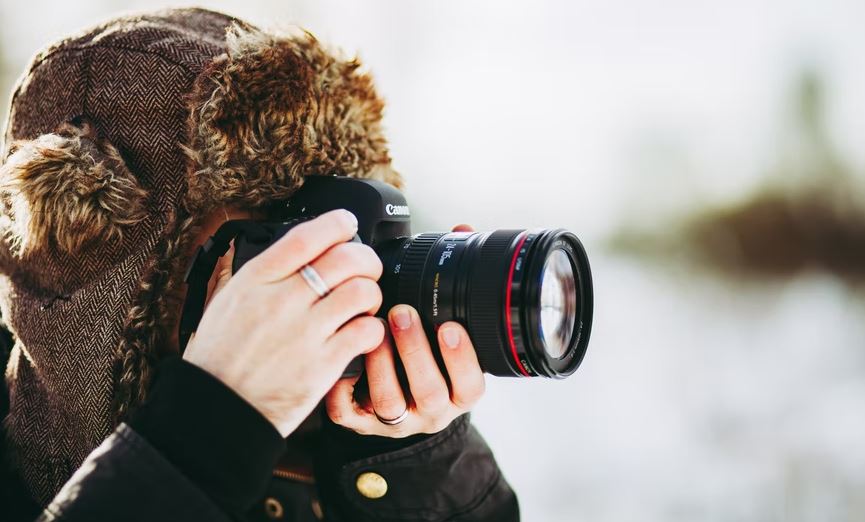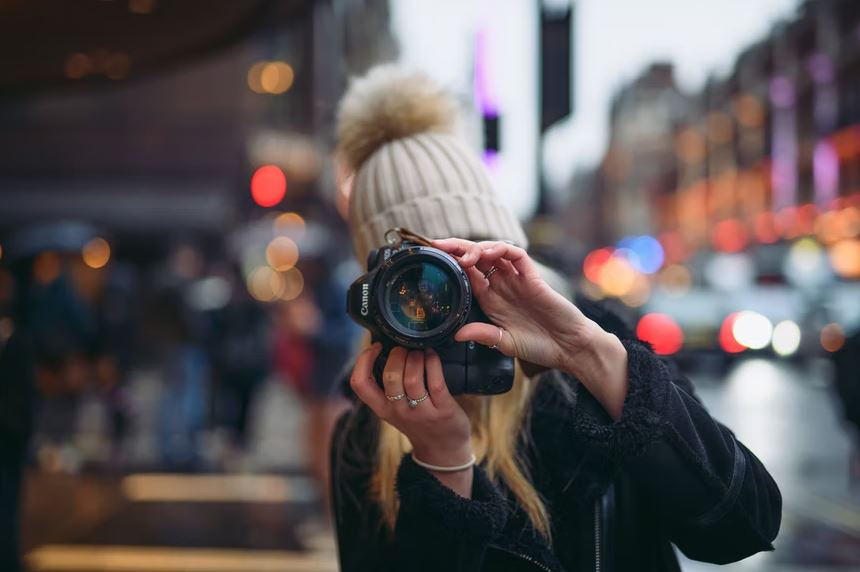Photography is an art form that allows photographers to manipulate images to convey messages or ideas and artistically express themselves. With that, there are innumerable ways to hone and advance your craft. Part of this is by choosing and learning about the various types of equipment that enable you to drastically change the outcome of your shots. Here, we’ll focus on portable strobe lighting, what it is, and how you can use them properly to capture beautiful images.
What is strobe lighting? Where to use it?
Natural light is the king. Yet, there are instances when they won’t be enough, and it’s where strobe lighting can be the ace up your sleeve. Strobe lighting creates a short, powerful burst of light, much brighter but relatively quicker than the traditional flash.
You can adjust the light output depending on preference and what your image needs. Thus, providing many ways on how you can use them. Strobe lighting is perfect for close-ups, portraits, or even underwater photography. For instance, using strobe lighting outdoors can help you have a well-lit subject against a beautifully vibrant background or a dark, mysterious backdrop.
Also excellent for distance shooting, strobe lighting is an incredible lighting option that permits you to have your subjects go further away from your lenses while keeping them fantastically lit. They work best in group shots or when the surroundings fall under the same importance as your primary subject.
Other amazing uses of strobe lighting include creating effects such as a feathered or softer look to lighting by using a diffuser or adjusting the color temperature to achieve better color accuracy, a vital tool for product photography. All that comes without losing or altering the quality of your images, making strobe lights genuine valuable tools in your arsenal.
Strobe lights versus speedlights: which to choose?
While strobe lights boast many benefits, speedlights are more often commonly used than the former. Truth to be told, these lighting options are quite similar as they both require low shutter speeds and emit short light bursts.
The difference is that a speedlight, also called a flashgun or hot-shoe flash, can be used both as off-camera lighting or as an on-camera flash. Meanwhile, strobe lights are exclusively for off-camera use. Plus, strobe lights are more powerful and can even overpower sunlight to create stunning images. In addition, they have a quicker recycling rate. You may need to wait a few seconds to allow the speedlight to recycle, while strobe lights are always ready instantaneously.
Though speedlights are generally cheaper and more suitable for amateur photographers, they don’t have ample adjustment options compared to strobe lights like color temperature setting, making them less impactful to the latter. With that, strobe lights remain a more powerful, flexible choice than speedlights that can help you create spectacular photography moments.
Portable Strobe Lighting
Using strobe lights and enjoying their advantages meant carrying huge, heavy strobe packs around your studio, inside your car, through the airport, and down to your shooting locations. That’s why it’s little wonder that many photographers opted for a collection of speedlights, umbrellas, stands, and softboxes for a portable, lightweight setup.
Fortunately, gone are those days when you need to lug those hefty strobe packs. With the continuous advancement of technology and with many brands and companies acknowledging the need for compact, lightweight lighting options, you can now find many portable, lighter strobe lights available in the market.
What’s great is that battery technology has also vastly improved. Before, you could also expect to get 100 flashes in a single unit, but today’s models can promise you up to 400. Nowadays, lighting manufacturers also took the challenge, and strobe lights models even offer TTL flash or High-Speed Sync (HSS) options, further improving their flexibility and opportunities in enhancing your photos.
You may expect that such improvements entail a higher price tag, but pricing has also been competitive. With the new lightweight, portable strobe lights being introduced to the consumers, you can find a decent one at around $300, cheaper than an advanced speedlight that costs more than $500. There’s no reason for you not to purchase one and enjoy using strobe lighting.
How To Take Photos with Strobes
If how to take photos with strobes is what is preventing you from getting them, don’t fret! You will be surprised that this lighting option only needs a little settings adjustments, and you’d be ready to take powerful and vibrant shots. Here are the steps you should follow:
- Place your camera in manual mode. That way, you can manually adjust the shutter speed, aperture, and ISO. All these three parameters comprise the exposure triangle and work together to achieve an image that’s properly exposed.
- Begin by adjusting the shutter speed. 1/125 works best for more cameras, but you should still consider the flash sync speed of your camera. If you’re unsure, confirm it with your manual or just stay at 1/125, which is a safe bet.
- Now, set the aperture to regulate how much ambient light gets into your camera and set your desired focus or depth of field. F/8 is the most user-friendly option and is excellent for different photography needs. It’s the sweet spot for taking easy, good photos, so you may start from there and experiment based on your preference.
- As you’d be utilizing a portable light, it would be great to keep it at a minimum. Having an ISO between 100 and 200 as your baseline will typically do. Note that strobe lights are powerful and bright. Setting your ISO too high will just result in photos with too much noise or where colors are off.
- Now that the camera is set, preparing your strobe is the next step. You can connect it to the camera through a sync cable. Just ensure to have a sync port to make it work. Otherwise, you can activate the portable strobe lights through a wireless trigger.
- Presto! You’re now free to shoot! Play around with the positioning of the strobe or adjust the settings if necessary. You can even take random test shots first prior to the shoot to gauge how much light you actually need. Be mindful that the farther you place your strobe light, the more powerful it needs to be.
Takeaway
Indeed, portable strobes can be your best handy, fast, powerful lighting allies that can help take your photography skills to the next level. Don’t hesitate to add them to your next shoot and learn down the ropes. Soon, you’ll be able to use them to match your vision and use them to their fullest potential.



